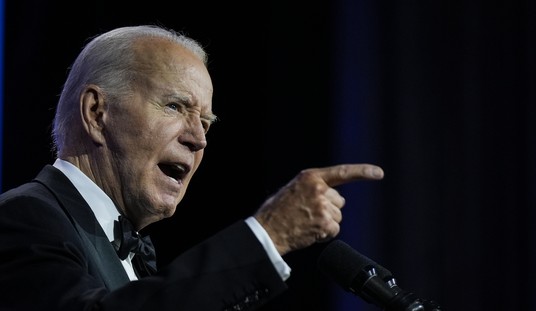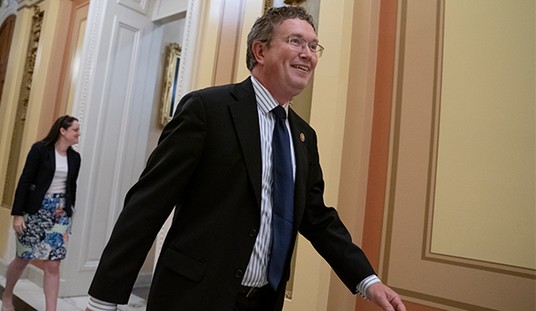Last September, White House Chief of Staff Jeff Zients ordered cabinet secretaries to try harder to bring the workers in their departments back to the office. Joe Biden had been coming under increasing pressure from Republicans in Congress to order the secretaries to bring office workers back.
Rep. James Comer introduced legislation to force the administration to take concrete steps to accomplish that goal.
"The federal workforce needs to get back to work," said Kentucky Rep. James Comer just before a vote on his bill, the SHOW UP Act, which aimed to bring federal workers back into their offices. "Federal agencies are falling short on their missions. They are not carrying out their duties. They are failing the American people."
Biden was also hearing it from Washington, D.C. politicians , including Mayor Muriel Bowser who pointed out that the office vacancy rate in DC was stifling the economic recovery.
Here we are, four months later, and very little has changed. Zients took the extraordinary step of calling out cabinet members for their recalcitrance
Following up on his Cabinet-wide memo this summer, Zients has been calling agency heads this week to press them on how much progress they have made, according to the official.
He's holding up the Department of Veterans Affairs (VA) and U.S. Agency for International Development (USAID), the first two to hit the benchmarks of workers spending five of every ten work days in the office, as examples that federal workers can be convinced to return.
Last week, Zients hosted lunches for two separate groups of Cabinet secretaries, where the importance of in-person work was again discussed, among other issues.
He also made in-person visits to the Department of Homeland Security and the Department of Energy to meet with senior leaders and rank-and-file workers to explain how crucial they are to the president's goals.
Washington D.C. is a city struggling to stay above water. All those gleaming office buildings are at one third capacity or less and if the situation doesn't improve drastically, the city will become a ghost town.
In July, a Government Accountability Office report found that "17 of the 24 federal agencies used on average an estimated 25 percent or less of the capacity of their headquarters buildings."
In September, return-to-office rates in nonfederal buildings were at 62%, compared to 33% in the federal buildings, according to an analysis of cellphone data by JLL, a real estate services company, WTOP reported.
Why the push to bring DC workers back to the office? The joke around some Washington news bureaus is that the White House big wigs like Zients are in danger of losing their five-star restaurants and bars which are threatening to close due to lack of business.
But the real reason is the simple truth that people are more productive and happier if they can see their co-workers on a frequent basis.
"Greater in-person presence is essential to our ability to problem-solve, build trust, and foster the community needed to tackle the global challenges USAID works on every day," USAID administrator Samantha Power said in a statement.
Zients lighting a fire under the cabinet secretaries behinds isn't unprecedented but it is unusual.










Join the conversation as a VIP Member